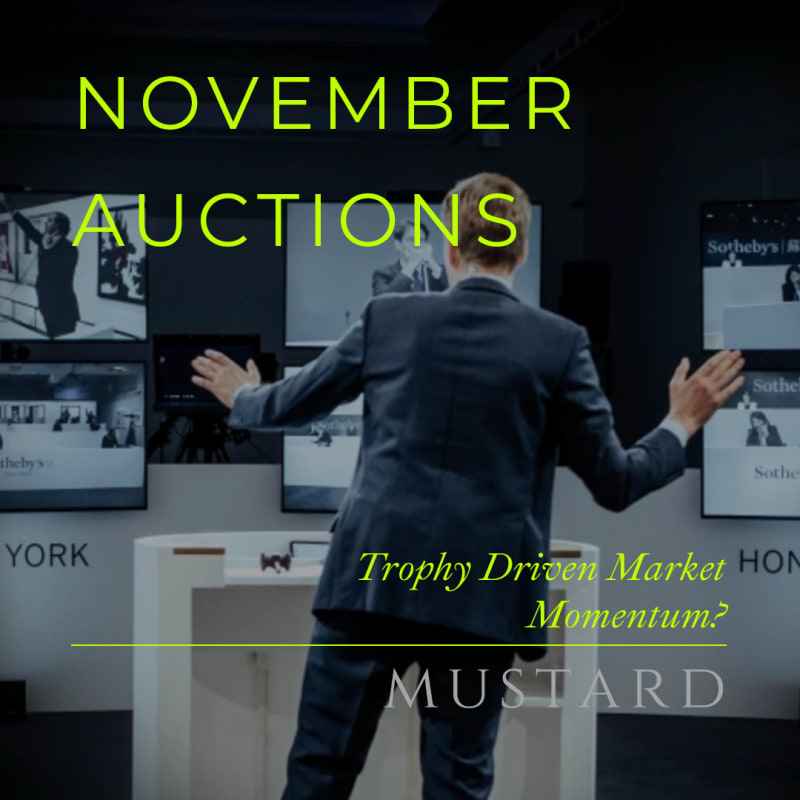The first weeks of New York’s November auctions steadied a cautious secondary market with headline results at emphatic prices. Sotheby’s led with Gustav Klimt’s Portrait of Elisabeth Lederer at $236.4 million—now the second-highest price ever achieved at auction—while Frida Kahlo reset the record for a female artist with El sueño (La cama) at $54.7 million. Vincent van Gogh’s still life cleared $62.7 million, and a cluster of Modern masterworks from the Leonard Lauder holdings pushed the house’s week to a commanding $1.17 billion.
At Christie’s, confidence hinged on curation and guarantees. Rothko’s No. 31 (Yellow Stripe) held firm at $62.1 million; Monet, Picasso and Hockney all notched mid-eight-figure results, helping the 20th & 21st Century series close at $964.5 million with a sell-through rate north of 90 percent. The 21st Century Evening Sale showed disciplined depth rather than frenzy: only a single buy-in, and steady bidding across blue-chip contemporary names priced from the low six figures to $10 million.
Phillips delivered a quieter but sturdier performance. A 1967 Francis Bacon diptych led at $16 million, while a juvenile Triceratops skeleton—an offbeat but on-brand spectacle—hit $5.4 million. Records fell for several contemporary voices, including Firelei Báez, and the $67.3 million total marked a meaningful step up from last year’s equivalent sale.
In thematic terms, demand skewed large and legacy-driven. Modernism, Surrealism and Latin American material—already beneficiaries of curatorial momentum—generated some of the strongest bidding of the season. Female modernists surged, buoyed by Kahlo’s landmark price, and rediscovered estates continued to outperform estimates when freshness and provenance aligned.
Yet the buoyant top line sits against a cautious underpinning. Guarantees—house and third-party alike—shaped much of the November confidence, masking selective demand in the middle market. Advisors describe a “barbell” environment: buyers chase top-tier, museum-ready works with intensity, while the $200,000–$2 million segment remains highly price-sensitive, often requiring trimmed estimates to activate competition. The broader recalibration that began in 2023 has not fully resolved; liquidity exists, but it is discriminating.
The bright spot lies in the lower-priced contemporary field. Day sales and online sessions showed consistent absorption for works under $250,000, particularly from emerging and mid-career artists with institutional traction. Museums and next-generation collectors—less exposed to the volatility of the highest tiers—continue to transact actively where supply is ample and price risk is limited.
Looking ahead, expect a split to define the first half of 2026. Blue-chip consignors will continue prioritising scarcity, estates and museum placements, while houses sharpen their storytelling around single-owner collections to stabilise volumes. The ultra-contemporary tier will rely on nimble price points and strong institutional support, with regional hubs—London, Hong Kong, Seoul—determining whether the November momentum spreads or stays concentrated in New York. If macro conditions remain uneven, the year may close with solid transaction volume but tempered growth in values, with momentum clearest where prices sit comfortably under $1 million—and often, well under $100,000.
